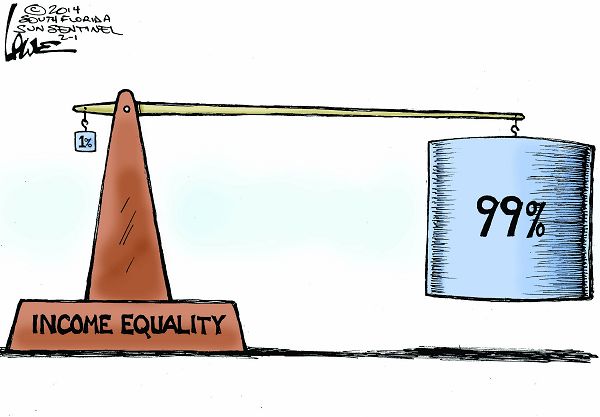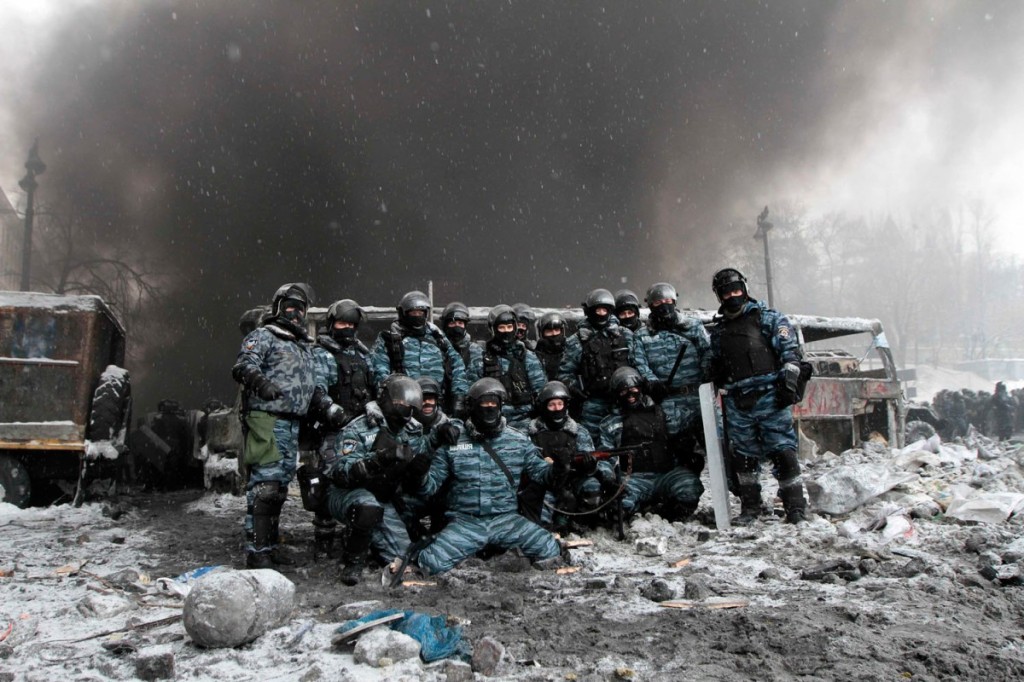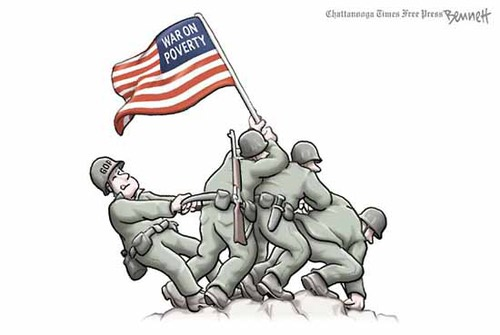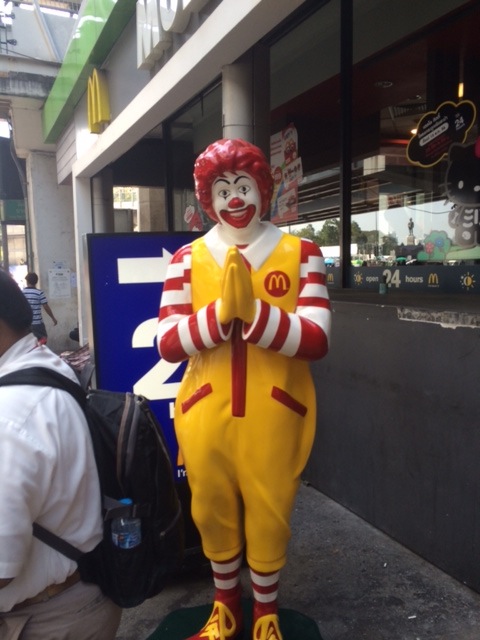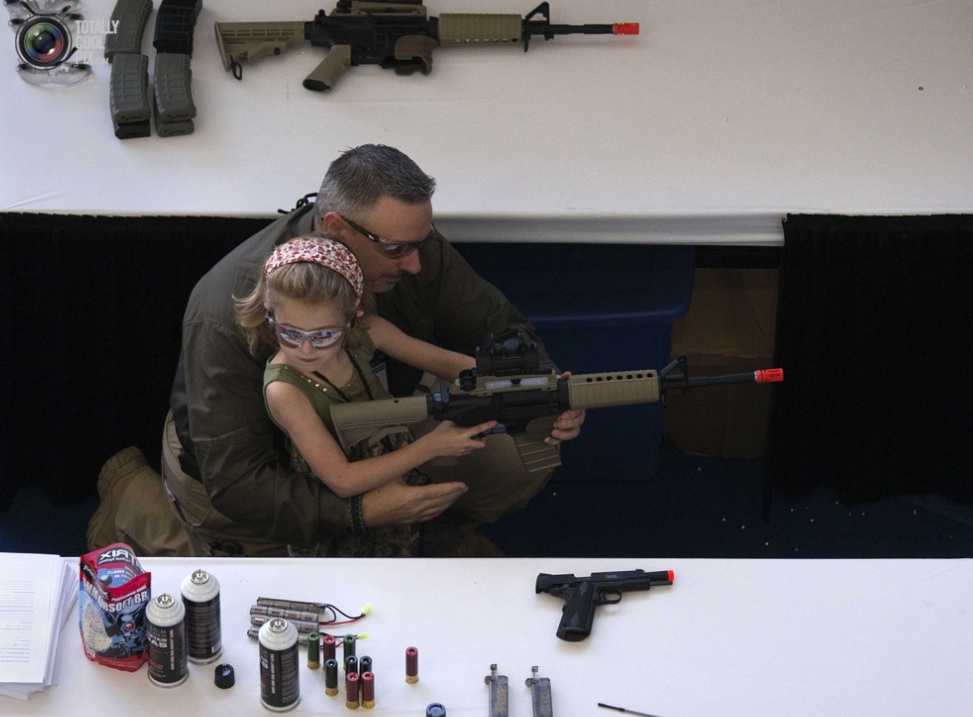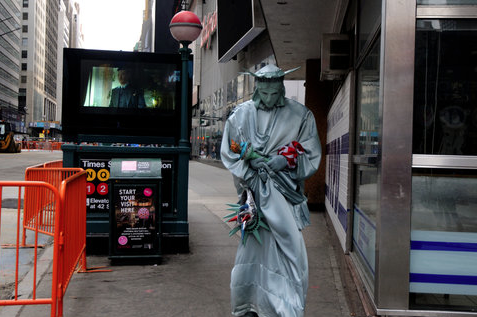
New York City’s Times Square is arguably the busiest pedestrian intersection in the world, with more than a quarter of a million people traversing its sidewalks on any given day and, by some estimates, hosting nearly 40 million visitors every year. Little wonder, then, the street is full of buskers trying to make a living by performing for the masses. And so if you have been in “the city that doesn’t sleep” recently you might have noticed that Times Square is not only home to the Naked Cowboy, but to Mickey and Minnie Mouse, Sponge Bob, Elmo, the Cookie Monster, Woody and Buzz Lightyear, and numerous other popular cartoon characters, all of whom will pose to have their picture taken with passers-by – for a “voluntary” contribution, of course. And given that Liberty and Ellis Islands sit just a few miles away in New York Harbor, there should be little surprise that the lady who “lifts her lamp beside the golden door” can also be found roaming the streets.
There is something a bit unsettling about the photograph above. As Linda Zerilli has demonstrated, the Statute of Liberty, perhaps more than any other symbol of American identity, has been a primary site of national contestation, standing in across time for transnational republicanism, immigration, the threat of (some forms of) immigration to the nation-state, a universal symbol of democracy … and the beat goes on. And yet in this photograph, all of that seems to be erased or evacuated: no longer a magnificent statue it is reduced in size to human scale; no longer standing out against the backdrop of the city’s skyline, it has all but blended in with the muted grays of the sidewalk and surrounding buildings; no longer holding her lamp high, a beacon of freedom to the “huddled masses, yearning to breathe free,” it now carries trinkets for sale to tourists who are consumers and customers, not citizens; no longer her head held high, her gaze cast forward to a different and better future, her head is bowed—in sorrow or supplication or simple embarrassment, it is hard to say. No longer an icon of American freedom and liberty, she has been cast as little more than a cartoon character.
It is easy to see the photograph as one more manifestation of the crass commercialization of American society and we should not resist that reading entirely, but there is another point to be made, for here the Statue is totally and entirely alone, almost as if being shunned, isolated and estranged in one of the most populous cities in the world. It is hard to know quite what to make of this, but a second photo from the same photographer might offer some insight.
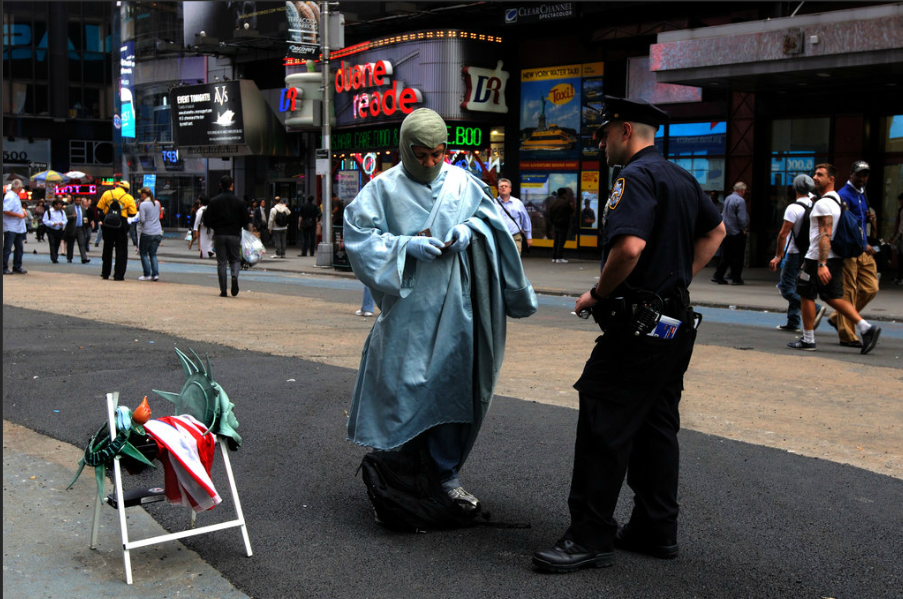
Here the Statue has been unmasked and is being challenged by one of New York’s finest, who, according to the caption, is “demand[ing] to see his documents.” The problem, it seems, is that these street performers are something of a public nuisance. And more to the point, most of the of the buskers wearing costumes in Times Square are immigrants, some of them anonymous and undocumented, doing their best to eke out a basic human living. Alas, it turns out that the “tempest tost” have no place in the land of opportunity, or as Times Square is often characterized, at “the Crossroads of the World.”
Perhaps what we are really seeing in the first photograph above is not so much a lone individual performing just outside of the public gaze, but rather the very alienation of Liberty itself.
Credit: Joana Toro/Redux Pictures
0 Comments



